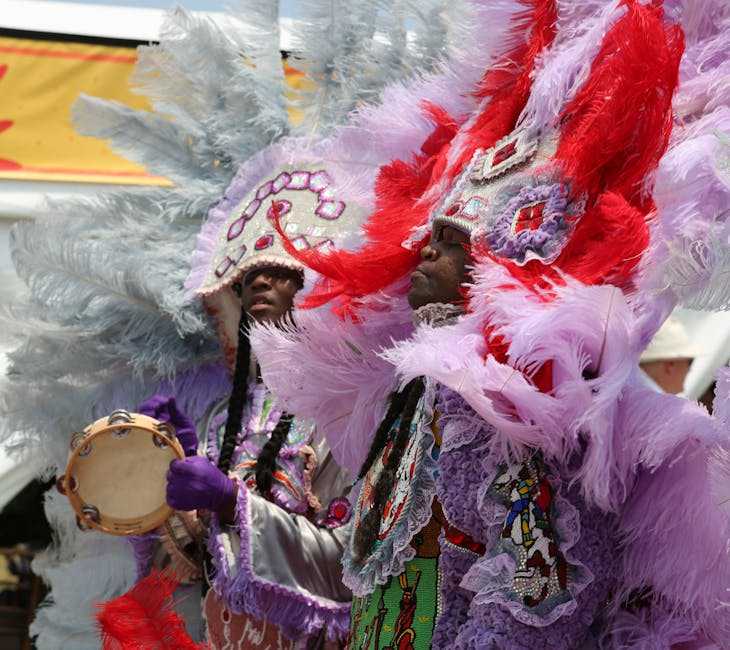The Surge of Poker Tournaments in America
Poker tournaments in America have seen a remarkable surge, evolving from small-scale events to major cultural phenomena.
Historical Overview
Poker’s roots in America trace back to the early 19th century. Originally played on Mississippi riverboats, poker became widespread during the Civil War. By the 1970s, the World Series of Poker (WSOP) catapulted the game to new heights.
The emergence of televised poker in the early 2000s, particularly the WSOP broadcast, ushered in a new era, drawing millions of viewers and inspiring many to participate.
Current Trends and Growth
Recently, poker tournaments have expanded both offline and online. Casinos across America host numerous tournaments, attracting a mix of professional and amateur players.
The rise of online platforms like PokerStars and 888poker has further fueled this growth, offering accessible games to a global audience.
Statistics indicate that participation rates in major tournaments have risen by 30% over the last decade. Factors like celebrity endorsements, large prize pools, and strategic game mechanics contribute to this trend.
Tournaments like the WSOP and World Poker Tour (WPT) continue to grow in size and prestige, reinforcing poker’s status as a major competitive sport.
The synergy between online and offline tournaments enhances the overall ecosystem, fostering greater engagement and interest in poker across America.
Key Factors Behind the Popularity Increase

Poker tournaments in America are on the rise, driven by several essential factors.
Media Influence and Televised Tournaments
Televised poker tournaments started a revolution in the early 2000s, captivating millions of viewers. Shows like the WSOP broadcast transformed poker into a spectator sport, showcasing intense gameplay and high stakes.
ESPN’s coverage of the WSOP Main Event contributed significantly, making poker accessible to those previously unfamiliar with the game.
Prime-time exposure increased awareness and encouraged new participants. Poker’s visibility on major networks and platforms continues to draw in large audiences, boosting the game’s popularity.
Accessibility and Online Platforms
Online poker platforms like PokerStars and 888poker revolutionized the game’s accessibility. They enabled players to participate from home, removing geographical barriers.
The user-friendly interfaces and diverse tournament offerings cater to all skill levels. Regular online tournaments offer substantial prize pools, increasing participation rates.
Online qualifiers also give players a chance to enter major offline events like the WSOP, bridging the gap between amateur and professional poker. This synergy between online and offline play fuels the ongoing growth in poker’s popularity.
Demographics of Poker Players in America
Understanding who participates in poker tournaments reveals patterns that explain the game’s widespread appeal.
Age and Gender Distribution
Poker attracts a diverse range of players. According to the World Series of Poker (WSOP), over 60% of participants are males aged 25-40. However, female participation is on the rise, with women now accounting for 7% of entrants in major events.
Younger players, those aged 18-24, are increasingly getting involved, especially due to the accessibility of online poker platforms. Older players, aged 50 and above, tend to favor live tournaments, contributing to about 15% of live event fields.
Geographical Hotspots
Certain regions in America are particularly well-represented in poker tournaments.
- Las Vegas, Nevada, the heart of poker culture, hosts the WSOP and attracts players from all over the world.
- California has a strong poker community, especially in Los Angeles and the Bay Area, with many high-stakes games and major tournaments.
- Florida, another key region, hosts several World Poker Tour (WPT) events, drawing significant participation.
- In the Northeast, areas like New Jersey and Pennsylvania have seen growth in online poker, further spurring live tournament attendance.
Impact on the Economy and Society
Poker tournaments in America significantly influence the economy and society. These events generate substantial revenue and influence cultural trends.
Economic Contributions
Poker tournaments contribute to the economy through various channels. Casino revenues, tourism, and online platforms play pivotal roles.
- Casino Revenues: Major events like the WSOP generate millions in entry fees and side games. For example, the WSOP 2022 generated over $300 million.
- Tourism: Host cities see a surge in visitors, benefiting hotels, restaurants, and local businesses. Las Vegas, a major poker hotspot, saw a 15% increase in tourism during the WSOP 2019.
- Online Platforms: Sites like PokerStars boost economic activity by attracting players who invest in virtual chips and participate in online tournaments.
Social and Cultural Influence
Poker tournaments also shape social and cultural landscapes. They create communities, promote strategic thinking, and influence media.
- Community Building: Poker fosters a sense of camaraderie among players. Annual gatherings in cities like Los Angeles and Miami strengthen community bonds.
- Strategic Thinking: Participation in tournaments enhances critical thinking and decision-making skills. Educational programs incorporate poker strategies to teach probability and risk management.
- Media Influence: Televised tournaments and streaming platforms popularize poker, making it a staple in entertainment. Shows like “Poker After Dark” embed poker in American pop culture.
These contributions highlight poker tournaments’ significant impact on the economic and social fabric of America.


